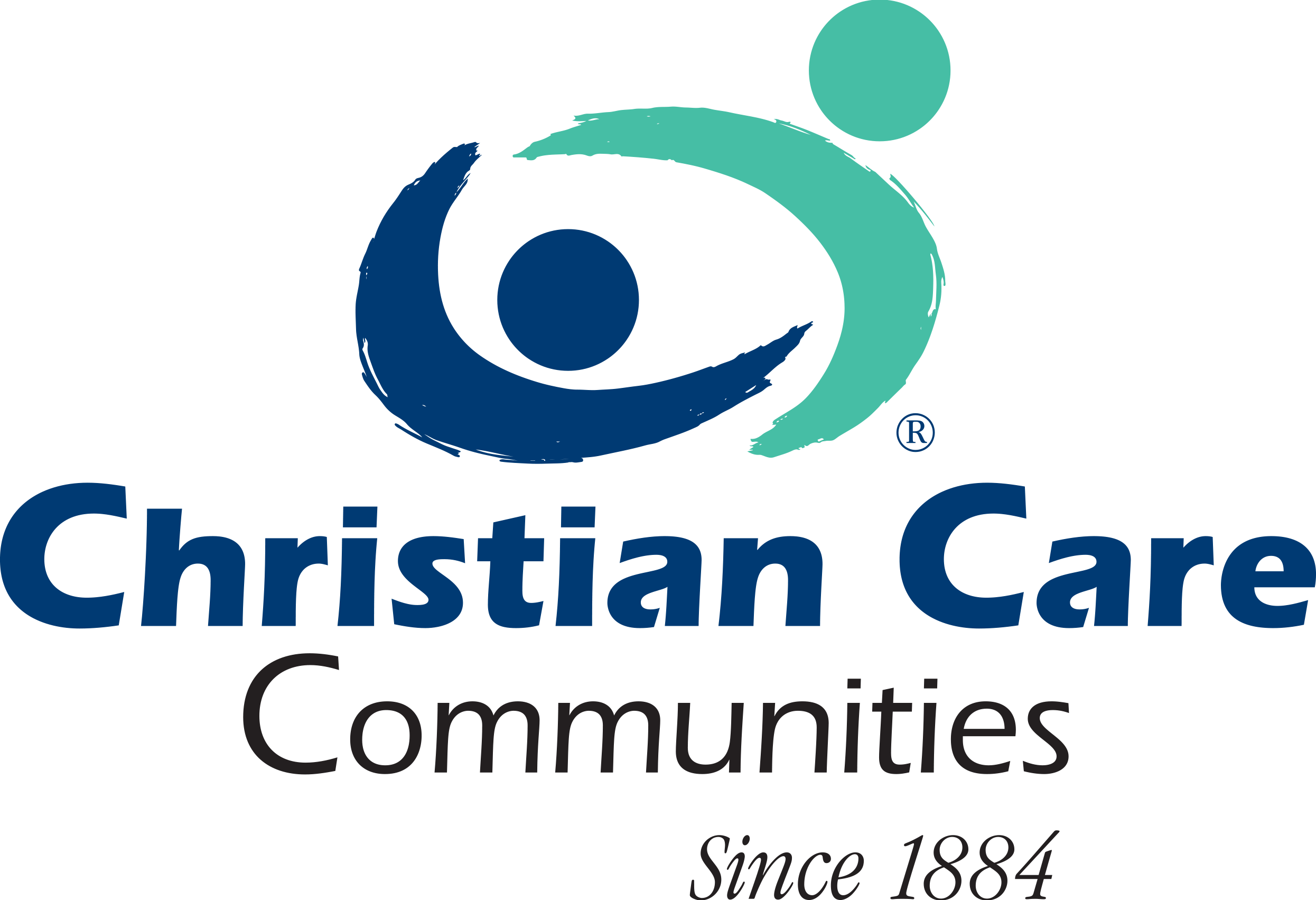As pharmacists from CVS and Walgreens have entered long-term care facilities to vaccine staff and residents against COVID-19, they have been resoundingly been met with cheers, leaders say.
“As CVS wheeled the cart in, everyone started cheering,” Vassar Byrd, CEO of Rose Villa Senior Living, a life plan community in Portland, Oregon, said Monday during a webinar held by LeadingAge, an association representing aging services providers.
At Brookdale Charleston Gardens in Charleston, West Virginia, staff referred to the first clinic, held Dec. 18, as a “vaccine party,” CEO Cindy Baier said.
Under the federal government’s Pharmacy Partnership for Long-Term Care Program, which pairs long-term care facilities with either Walgreens or CVS for vaccine administration, vaccination clinics began in mid-December. Long-term care staff and residents have been prioritized for immunization based on how the virus has spread in congregate living facilities and disproportionately affected the elderly.
“It truly is a historical event. That’s the way we all need to look at this,” Mary Lynn Spalding, president and CEO of Christian Care Communities, a senior living provider in Kentucky, said of the vaccinations starting.
Long-term care leaders who have already held clinics offered tips Monday during the LeadingAge webinar on how to prepare. For those working with CVS and Walgreens, three clinics are expected to be held at each facility.
Take control of the clinic and personalize it for your facility.
“This is not CVS’ clinic; this is your clinic. CVS is administering the vaccine. These are your employees; these are your residents,” said Spalding. “You can really set the tone and troubleshoot.”
Organize your paperwork beforehand.
Spalding recommends preparing paperwork in the order of the residents’ rooms and alphabetizing employees’ paperwork.
“The more that you can do to organize things upfront, the better off you’re going to be,” Spalding said.
Prioritize those who are working.
Byrd set up a fast pass line “like at Disneyland” to vaccinate workers who were on the floor and couldn’t wait in a line.
Plan for the clinics to take longer than you think.
Sue Dionne Jones, director of nursing at The Cedars, a senior community in Portland, Maine, had scheduled a time for every resident and employee participating in the clinic to get vaccinated but the clinic started later than anticipated. Dionne Jones said she will build in more time for the pharmacists to get set up before the facility’s next clinic in January.
Know exactly how many people will be vaccinated at each clinic.
In some cases, the pharmacies brought and thawed too much of the vaccine, said Ruth Katz, senior vice president of public policy and advocacy for LeadingAge.
“This is one of those things we should iron out quickly. We don’t want a drop of this vaccine, not a single dose, to go to waste,” Katz said.
Communicate well with your pharmacy contact.
Byrd characterized communication with CVS as “chaotic” and recommended other leaders build in plenty of time to navigate communications with their pharmacy partner.
Spalding suggested leaders find out who their local pharmacy team lead will be because that person will be able to directly assist in preparation for the clinics.
Focus on education.
In many facilities, some employees were nervous about getting vaccinated and wanted to hold out for the second clinic, leaders said.
“Education is the most important thing,” said Byrd.
The CDC last week came out with a COVID-19 vaccination toolkit that gives facilities tips on how to prepare staff and residents, information on vaccine safety monitoring and reporting, provides answers to some frequently asked questions.

